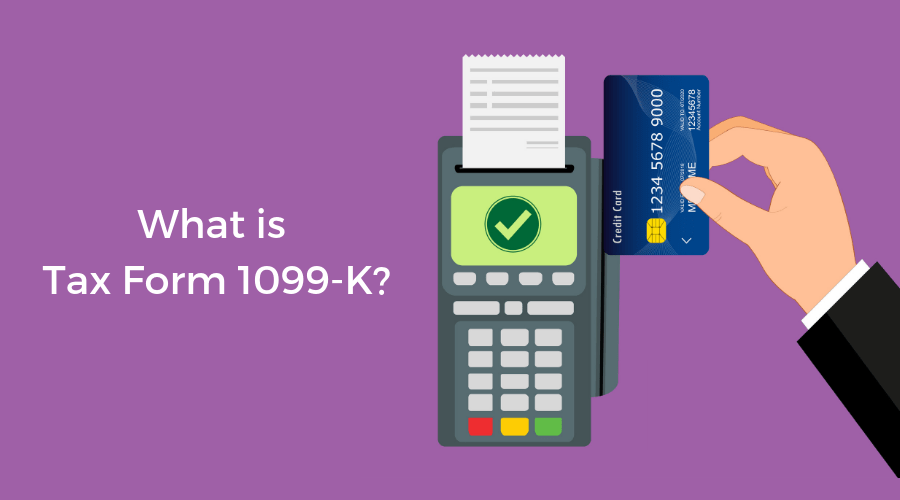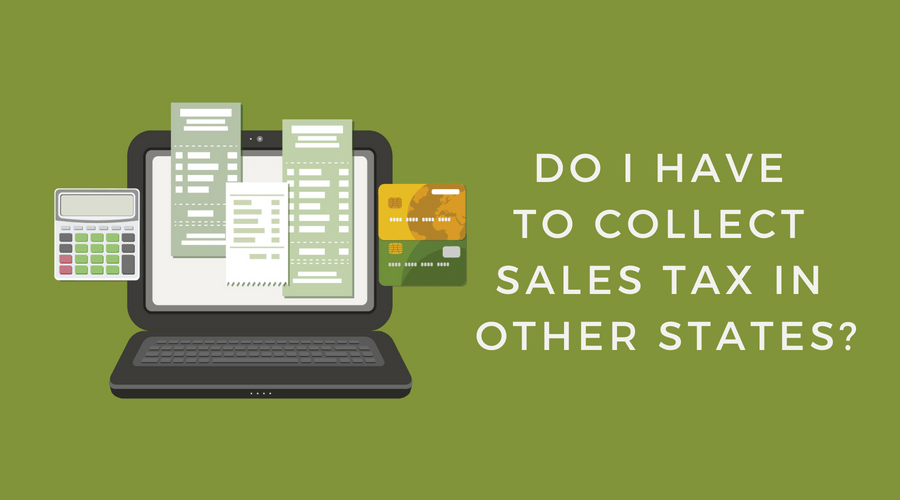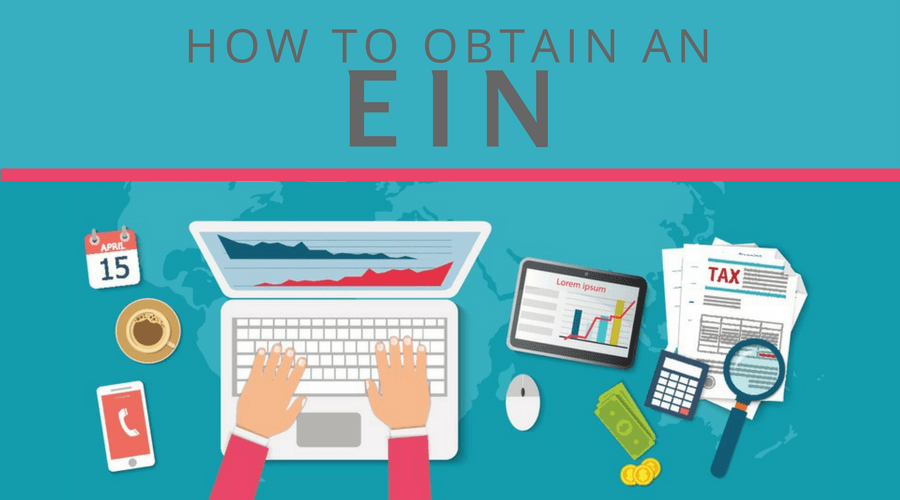What is Tax Form 1099-K?

This article was last edited on 9/30/2019. For updated information on Form 1099-K, visit https://www.irs.gov/pub/irs-pdf/f1099k.pdf.
Form 1099-K is used to report certain types of transactions to the IRS. It reports payments
- from a payment card transaction (like a debit card or credit card); and/or
- in settlement of third-party payment network transactions,
above minimum thresholds of
- $20,000 in gross payments and
- 200 transactions.
A payment settlement entity (PSE), such as a merchant acquiring entity (MAE) or third-party settlement organization (TPSO) will file and send you this form.
Merchant acquiring entity
An MAE is a company contractually obligated to pay you (“the merchant”) for credit and debit card transactions you processed. These transactions include any purchase made with a credit or debit card or with data associated with a card (such as an account number).
So, if you’re a retailer who accepts credit cards through a point-of-sale (POS) system, you might receive a 1099-K from your credit card processor. Since there are no minimum thresholds, you may receive a 1099-K even if you only accepted one credit card last year.
Read also: Are You Accepting Credit Cards? Follow These 25 Best Practices
Third-party settlement organization
TPSOs are a little more complicated than MAEs. If you work with a TPSO, you have an agreement where the TPSO will handle the payments between you (“the seller”) and the purchaser.
For the IRS to consider a company a TPSO, the business must
- have established accounts by a significant number of unrelated parties
- agree to settle transactions for the seller
- have established standards and mechanisms for settling transactions
- guarantee that the seller will be paid
One of the most familiar examples of a TPSO is eBay. When you sell items on eBay, eBay collects payments from your buyer, then transfers those funds into your account.
Why would I receive Form 1099-K?
You might receive Form 1099-K if, in the prior calendar year, you
- accepted payments by credit card, debit card, or other payment cards through your POS system
- sold items on eBay or similar auction sites
- drove for companies like Uber or Lyft
- performed freelance work through sites like Upwork or Task Rabbit
- sold merchandise on Etsy
When will I receive the form?
Your PSE must send you your copy of Form 1099-K by January 31 of the following calendar year. If they’re filing by paper, they generally must submit the form to the IRS by February 28. But if they’re filing electronically, they will usually have until March 31.
How do I read Form 1099-K?
A 1099-K includes the gross amount of all reportable transactions, but not adjustments for credits, cash equivalents, discount amounts, fees, or refunds.
- Line 1a tells you the gross amount of your transactions.
- Line 1b will show the gross amount of any card-not-present transactions. Card-not-present transactions could be online sales or purchases where you manually keyed the card number into your POS terminal.
- Line 2 is your merchant category code (MCC), which is a four-digit code used to classify your business based on the types of goods or services you sell. It’s used to determine things like interchange fees and cashback rewards. If you’re receiving Form 1099-K from a TPSO, Line 2 will probably be blank.
- Line 3 shows you the number of transactions you processed during the year.
- If any federal income tax was withheld from your payments, the amount would be on Line 4. Likewise, if any state income tax was withheld, the amount will be on Line 8.
- Line 5 breaks down the gross amount of your transactions by month. This is particularly helpful for you because you can use these amounts to make sure all your sales are already accounted for in your gross income. It’s a lot easier to find a missing transaction if you know to look in March, instead of having to search through the entire year. The dollar amount is determined on the date of the actual transaction. So, if someone spent $50 at your store on October 31, the amount will be included in your October total – even you didn’t receive the funds until November.
What do I do with the form?
When you receive Form 1099-K, compare it to your financial statements to ensure the amount reported on the form is included in your gross income. If you accepted credit cards, then also review the information to ensure it matches your receipt records and merchant account statements. If you received the from a TPSO, check your bank statements to ensure everything is accounted for.
Your transactions and payments from Form 1099-K are reported with the rest of your income.
- If you’re a sole proprietor, freelancer, or Uber driver, you’ll likely report your income on a Schedule C.
- Members of a partnership will generally file Schedule E.
- If you’re a corporation, you’ll generally use Form 1120 or 1120S (if you’re an S Corp).
Learn more about which income tax return to file for your small business.


